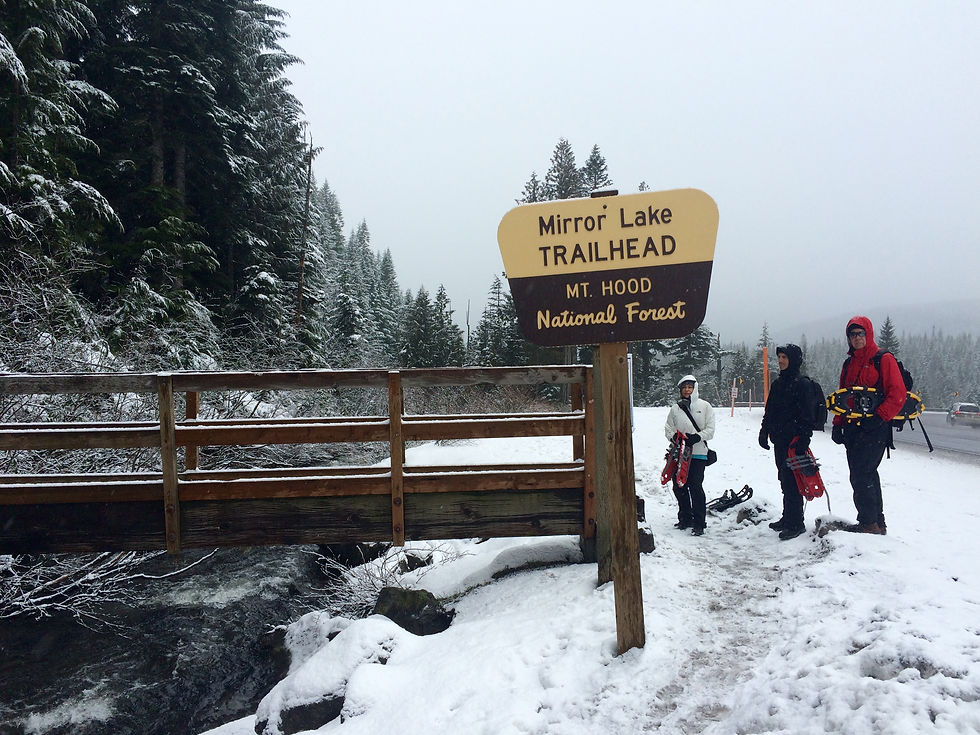Ouch! What are these painful knots and adhesions?
- Courtney Truax, LMT

- Oct 26, 2021
- 3 min read

I get asked all the time what are knots or adhesions as I am massaging my clients. Usually I am working on their rhomboids, the muscles that are located between the spine and the shoulder blades (scapula) when I get asked this question. I find a lump of sorts in the muscles; it usually feels like a bump and may be painful or tender as I work on them. We often call them knots, and they can be found in various parts of the body, but probably more commonly in the upper back and shoulder regions. These supposed knots are actually muscle fibers that have become entangled together, bunching up and unable to relax. They are tensing up and not letting go. This is often due to over use, prolonged holding, and dehydration. Yep, I said that magical word you all love to hate, dehydration. I really cannot stress enough about hydration, please, drink your water!! Give your muscles that hydration and oxygenation that they need to move and function properly. It is also usually due to over repetitive use and holding a position for too long. Think hunching over your computer, driving long distances, constantly texting, moving a mouse, or reaching for an object over and over again. My favorite analogy is that of a rubber band. When it is at its resting state, it is smooth. Then you stretch it out, pulling on it over and over again, and then you let go. What happens to that rubber band? It curls up into a ball, or a knot. Hmmmm. Sounds like your muscles, doesn’t it? When you constantly pull your muscles into a lengthen state, they get fatigued. Then you when you allow them to go back to their resting state, they tend to bunch up into a knot, not wanting to release again.
So what about adhesions? Well, adhesions are usually the precursor to what we know as knots. They are usually formed by injuries, repetitive motions, constant tightness, and immobility. They are fibrous tissue that develops from a small tear in the muscle, tendon, or ligament. Adhesions are also found where there are scar tissues. They too, can be painful and limit your mobility. However, adhesions are more fascial related than muscular related. Fascia surrounds the entire muscles and the muscles fibers. (Think of an orange. The juicy part we eat is the muscle, the parts that holds it together and separates it into little wedges, is the fascia.) It is heavily intertwined in the body and when they start to stick together and get stuck, well, the muscles are restricted and either has difficulty in moving, or is unable to move in proper fashion. This restriction of muscle movement can be painful and tender when addressed with pressure.
So what can you do to help alleviate them? Here are four things you can you do to help relieve these uncomfortable knots and adhesions:
Hydration. Keep drinking that lovely water! Keeping your muscles liquefied, and loose, will help prevent them from shrinking up in dehydration and causing you tension and pain.
Stretching. Regularly getting up and stretching your muscles so they do not remain in a stuck position is key. Remember, movement is your friend, it helps increase your blood flow, and your muscles will thank you for it!
Roll it out. Grab that foam roller and roll around on it, or use a lacrosse ball or tennis ball for the smaller areas. Lengthen your fascia and break up those adhesions that may be developing amongst your muscles. Don’t let them get stuck to each other, break it apart!
Massages. Of course one of them most enjoyable ways to help get rid or reduce those painful knots and adhesions is by having someone else do all the work! Massage can help relax those muscles and break up the adhesions, allowing the blood to flow back to feed them and allow them to relax and let go, once again.
Do not ignore the feeling of knots and adhesions forming. Once you start to notice them, act upon it. The longer you let them hold on, the harder it is for them to release. Down your water, maybe put some heat on it, roll it out, and book a massage as soon as you can.





Comments